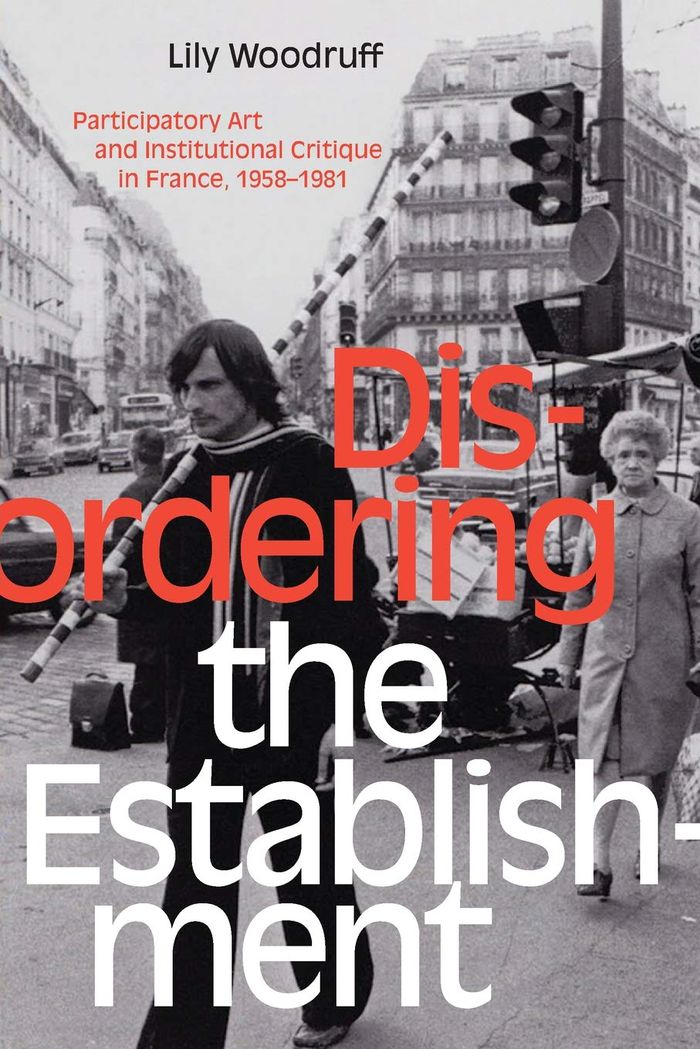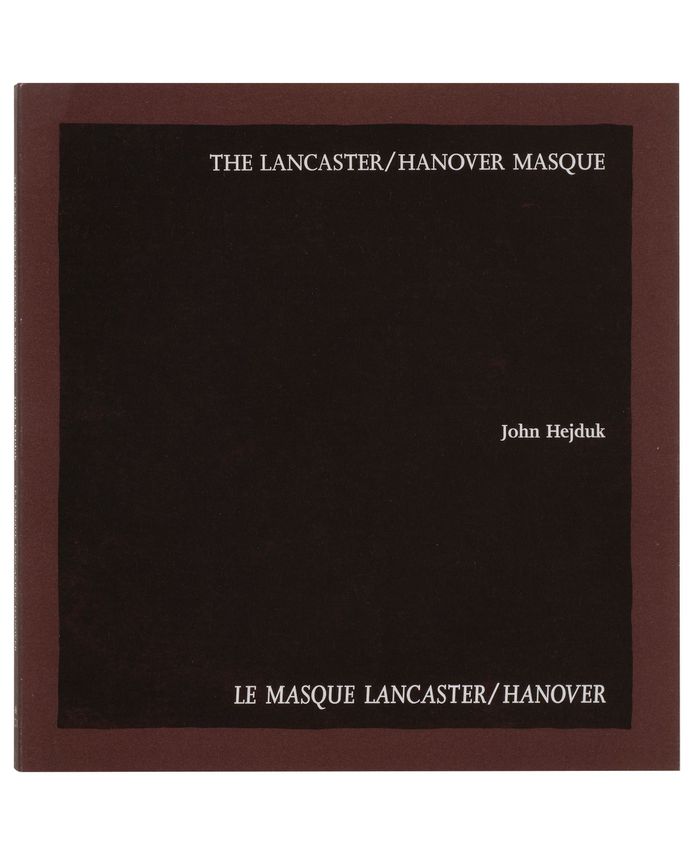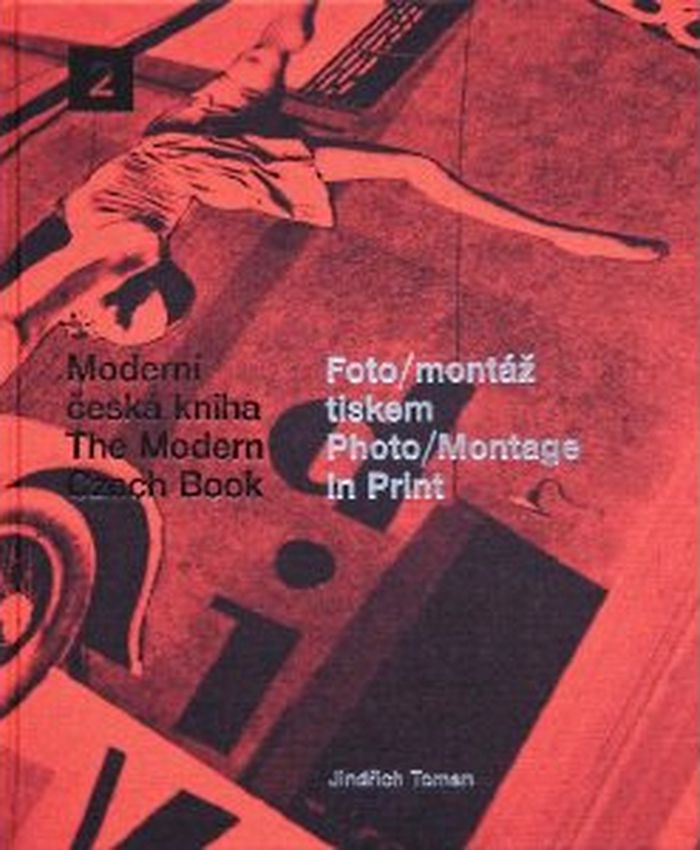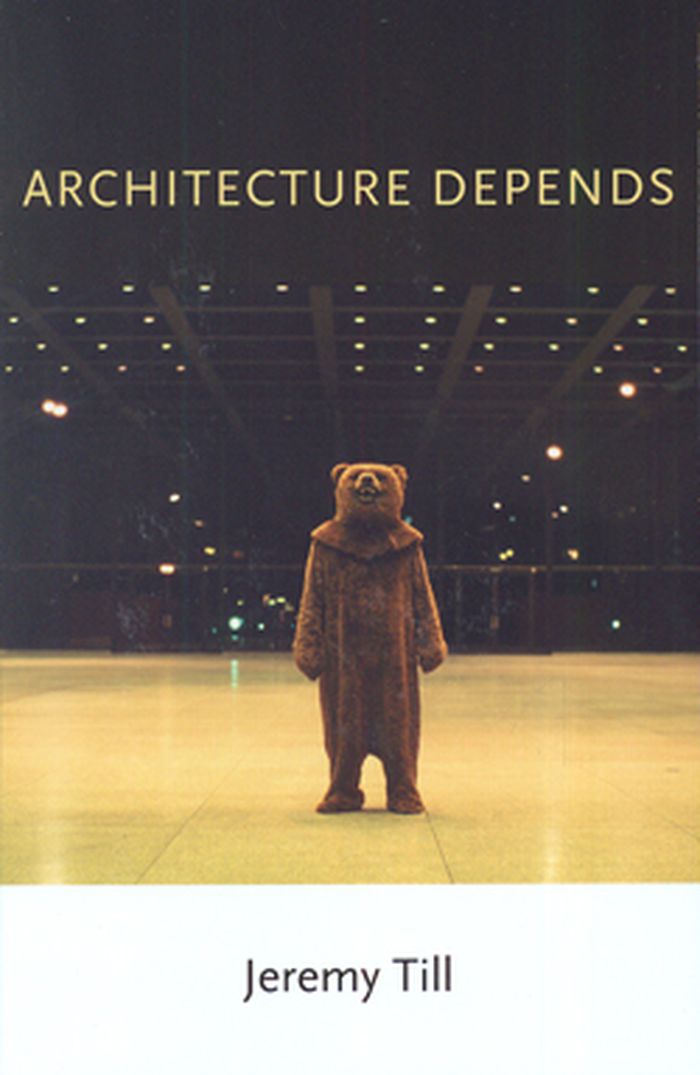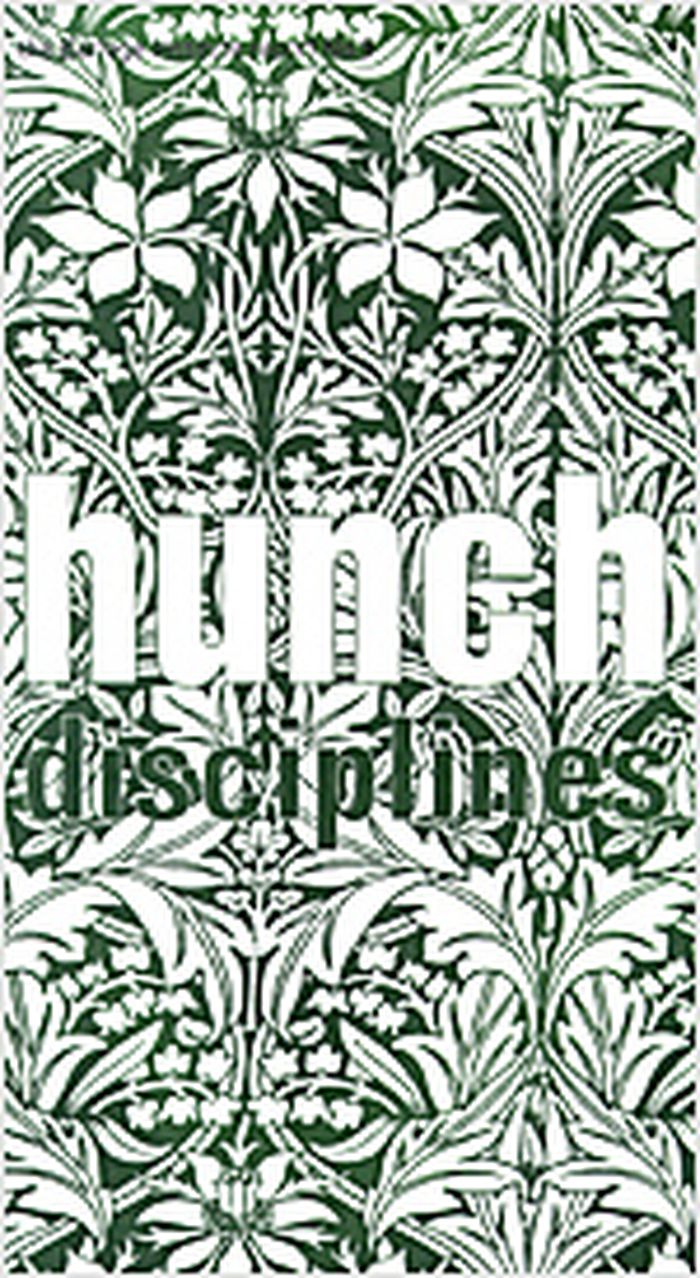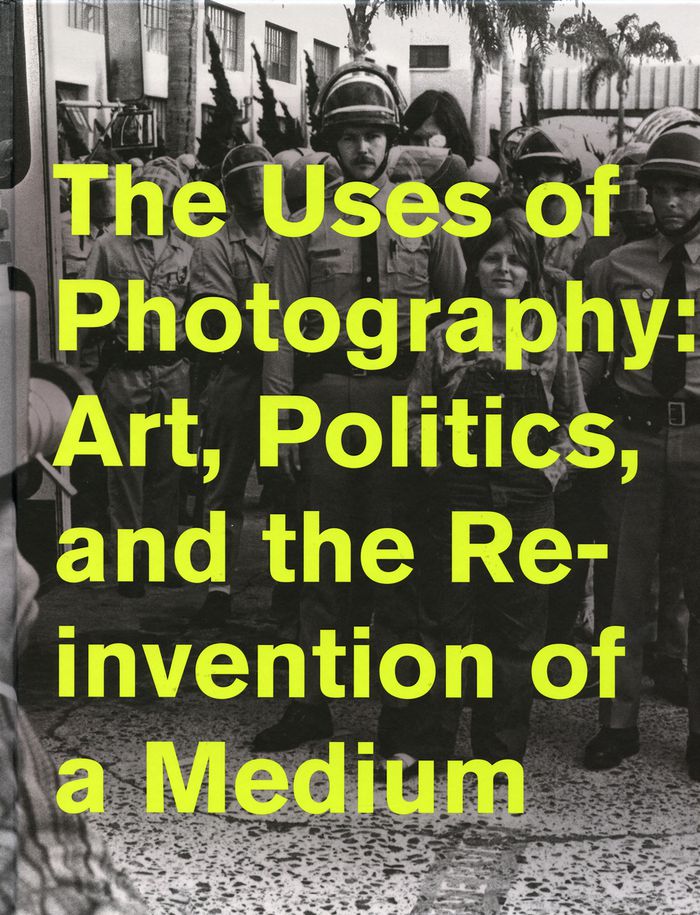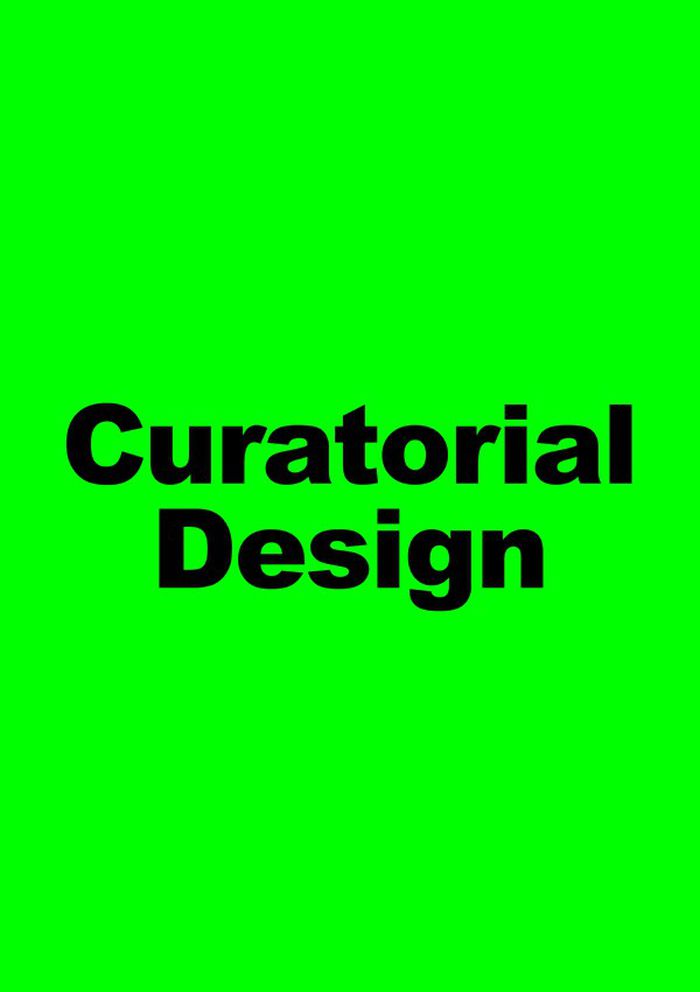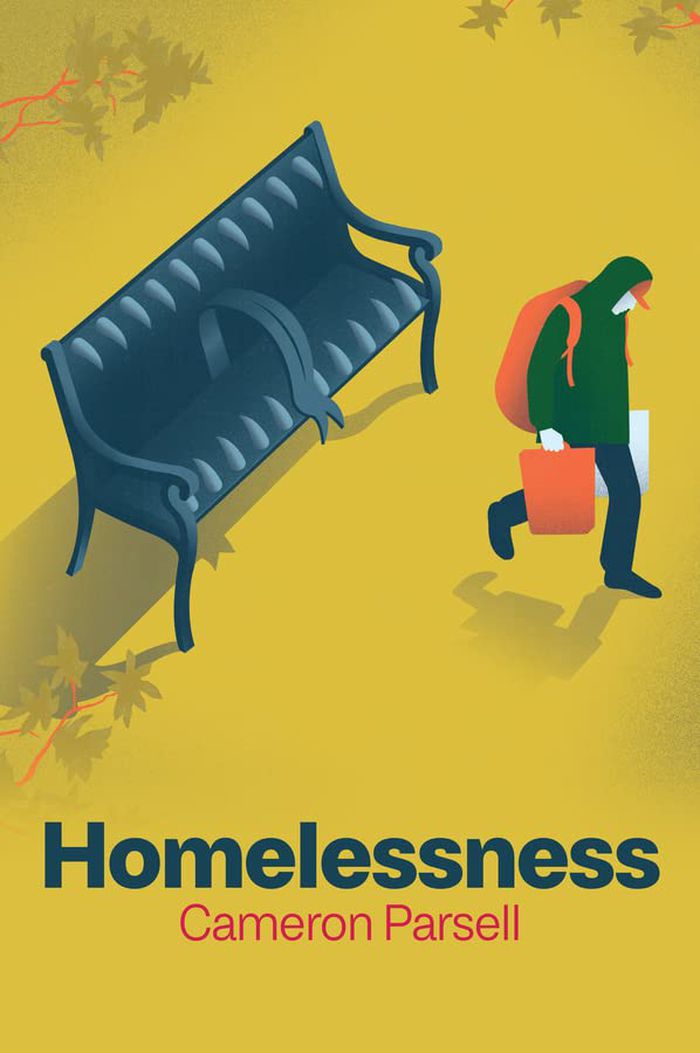$32.00
(available to order)
Summary:
When the “sharing economy” launched a decade ago, proponents claimed that it would transform the experience of work—giving earners flexibility, autonomy, and a decent income. It was touted as a cure for social isolation and rampant ecological degradation. But this novel form of work soon sprouted a dark side: exploited Uber drivers, neighborhoods ruined by Airbnb, racial(...)
After the gig: how the sharing economy got hijacked, and how to win it back
Actions:
Price:
$32.00
(available to order)
Summary:
When the “sharing economy” launched a decade ago, proponents claimed that it would transform the experience of work—giving earners flexibility, autonomy, and a decent income. It was touted as a cure for social isolation and rampant ecological degradation. But this novel form of work soon sprouted a dark side: exploited Uber drivers, neighborhoods ruined by Airbnb, racial discrimination, and rising carbon emissions. Several of the most prominent platforms are now faced with existential crises as they prioritize growth over fairness and long-term viability. Based on nearly a decade of pioneering research, this publication dives into what went wrong with this contemporary reimagining of labor. It examines multiple types of data from thirteen cases to identify the unique features and potential of sharing platforms that prior research has failed to pinpoint. Juliet B. Schor presents a compelling argument that we can engineer a reboot: through regulatory reforms and cooperative platforms owned and controlled by users, an equitable and truly shared economy is still possible.
Critical Theory
Disordering the establishment: participatory art and institutional critique in France 1958-1981
$37.95
(available in store)
Summary:
In the decades following World War II, France experienced both a period of affluence and a wave of political, artistic, and philosophical discontent that culminated in the countrywide protests of 1968. In ''Disordering the establishment'' Lily Woodruff examines the development of artistic strategies of political resistance in France in this era. Drawing on interviews with(...)
Disordering the establishment: participatory art and institutional critique in France 1958-1981
Actions:
Price:
$37.95
(available in store)
Summary:
In the decades following World War II, France experienced both a period of affluence and a wave of political, artistic, and philosophical discontent that culminated in the countrywide protests of 1968. In ''Disordering the establishment'' Lily Woodruff examines the development of artistic strategies of political resistance in France in this era. Drawing on interviews with artists, curators, and cultural figures of the time, Woodruff analyzes the formal and rhetorical methods that artists used to counter establishment ideology, appeal to direct political engagement, and grapple with French intellectuals' modeling of society. Artists and collectives such as Daniel Buren, André Cadere, the Groupe de Recherche d’Art Visuel, and the Collectif d’Art Sociologique shared an opposition to institutional hegemony by adapting their works to unconventional spaces and audiences, asserting artistic autonomy from art institutions, and embracing interdisciplinarity. In showing how these artists used art to question what art should be and where it should be seen, Woodruff demonstrates how artists challenged and redefined the art establishment and their historical moment.
Art Theory
books
$49.50
(available to order)
Summary:
Unlike traditional art works, installation art has no autonomous existence. It is usually created at the exhibition site, and its essence is spectator participation. Installation art originated as a radical art form presented only at alternative art spaces;(...)
Contemporary Art Monographs
April 2000, Cambridge, Mass.
From margin to center : the spaces of installation art
Actions:
Price:
$49.50
(available to order)
Summary:
Unlike traditional art works, installation art has no autonomous existence. It is usually created at the exhibition site, and its essence is spectator participation. Installation art originated as a radical art form presented only at alternative art spaces; its assimilation into mainstream museums and galleries is a relatively recent phenomenon. The move of installation art from the margin to the center of the art world has had far-reaching effects on the works created and on museum practice. This is the first book-length study of installation art. Julie Reiss concentrates on some of the central figures in its emergence, including artists, critics, and curators. Her primary focus is installations created in New York City--which has a particularly rich history of installation art--beginning in the late 1950s. She takes us from Allan Kaprow's 1950s' environments to examples from minimalism, performance art, and process art to establish installation art¹s autonomy as its relationship to other movements.
books
April 2000, Cambridge, Mass.
Contemporary Art Monographs
$24.95
(available in store)
Summary:
"Le point de départ du masque Lancaster / Hanover est l'espace, dans le sens le plus large du mot, d'une Communauté Fermière et le fait de conjurer (comme la danse rituelle) cet espace à l'aide d'un nombre de 'sujets' et de leurs 'objets' respectifs qui dénotent ce 'lieu d'habitation' imaginaire. C'est l'espace-habitation d'une communauté, conjuré dans l'autonomie d'un(...)
John Hejduk: The Lancaster/Hanover Masque, le Masque Lancaster/Hanover
Actions:
Price:
$24.95
(available in store)
Summary:
"Le point de départ du masque Lancaster / Hanover est l'espace, dans le sens le plus large du mot, d'une Communauté Fermière et le fait de conjurer (comme la danse rituelle) cet espace à l'aide d'un nombre de 'sujets' et de leurs 'objets' respectifs qui dénotent ce 'lieu d'habitation' imaginaire. C'est l'espace-habitation d'une communauté, conjuré dans l'autonomie d'un jeu théâtrale et architectonique." Avec une préface de Phyllis Lambert et un essai de Wim van der Bergh. "The point of departure for the Lancaster/Hanover Masque is the space of a Rural Farm Community and the process of 'spell-binding' the space (as in a ritual dance) by means of a number of 'subjects' and corresponding 'objects' which denote this imaginary habitat. It is the simulated living-dwelling space of a community spell-bound in the autonomy of a theatrical/architectural play." With a preface by Phyllis Lambert and an essay by Wim van der Bergh.
CCA Publications
Photo/montage in print
$83.00
(available to order)
Summary:
Photomontage was pioneered as a technique in central Europe in the 1910s, where it flourished as an art form through the end of World War II. While German artists such as John Heartfield, Max Ernst and Hannah Hoch used the medium to respond to the atrocities of war, other areas of Europe were simultaneously experiencing a newfound political autonomy as the(...)
Photo/montage in print
Actions:
Price:
$83.00
(available to order)
Summary:
Photomontage was pioneered as a technique in central Europe in the 1910s, where it flourished as an art form through the end of World War II. While German artists such as John Heartfield, Max Ernst and Hannah Hoch used the medium to respond to the atrocities of war, other areas of Europe were simultaneously experiencing a newfound political autonomy as the Austro-Hungarian Empire collapsed. For these artists, namely Polish and Czech, photomontage manifested itself in a Surrealist approach to cut-and-paste imagery that emphasized its potential for visual poetry. "Photo/Montage in Print" traces the explosion of photomontage art in book cover design and illustrated magazines in the interwar period. Documenting the remarkable contributions of Czech artists in the creation of the visual language of modern print media, the publication includes some of the leading artists of the Czech avant garde such as Karel Teige, Jindrich Styrsky, Toyen, Ladislav Sutnar and Frantisek Muzika.
Photography Collections
Architecture depends
$18.95
(available to order)
Summary:
Architecture depends - on what? On people, time, politics, ethics, mess: the real world. Architecture, Jeremy Till argues with conviction in this engaging, sometimes pugnacious book, cannot help itself; it is dependent for its very existence on things outside itself. Despite the claims of autonomy, purity, and control that architects like to make about their practice,(...)
Architecture depends
Actions:
Price:
$18.95
(available to order)
Summary:
Architecture depends - on what? On people, time, politics, ethics, mess: the real world. Architecture, Jeremy Till argues with conviction in this engaging, sometimes pugnacious book, cannot help itself; it is dependent for its very existence on things outside itself. Despite the claims of autonomy, purity, and control that architects like to make about their practice, architecture is buffeted by uncertainty and contingency. Circumstances invariably intervene to upset the architect's best-laid plans - at every stage in the process, from design through construction to occupancy. Architects, however, tend to deny this, fearing contingency and preferring to pursue perfection. With Architecture Depends, architect and critic Jeremy Till offers a proposal for rescuing architects from themselves: a way to bridge the gap between what architecture actually is and what architects want it to be. Mixing anecdote, design, social theory, and personal experience, Till's writing is always accessible, moving freely between high and low registers, much like his suggestions for architecture itself.
Architectural Theory
Hunch 9 2005 : disciplines
$28.95
(available to order)
Summary:
"Hunch 9" asserts a broad disciplinary claim regarding architectural publications generally: it is not the quantities of publications that are a problem, but rather their consistent failure to present lines of reasoning. This inadequacy will be addressed by disciplining the issue : by organizing projects, lectures, interviews and essays into a set of arguments about(...)
Hunch 9 2005 : disciplines
Actions:
Price:
$28.95
(available to order)
Summary:
"Hunch 9" asserts a broad disciplinary claim regarding architectural publications generally: it is not the quantities of publications that are a problem, but rather their consistent failure to present lines of reasoning. This inadequacy will be addressed by disciplining the issue : by organizing projects, lectures, interviews and essays into a set of arguments about 'disciplines'. 'Return' will discuss the current erosion of architecture's disciplinary distinctions; 'Resonate' will examine the perspectives of other disciplines such as music, money, planning and film; 'Reason' will trace theoretical precedents for architectural autonomy, expertise, and education; 'Realize' will make connections between theory and practices through Berlage research-production processes, construction technology, form and precedent; and 'Relay' will expose the various disciplinary transfers in and out of architectural practice. Texts for this issue include essays and lectures by Brian Eno, Jeff Kipnis, Bernard Cache, Lieven de Cauter, Mark Linder, Alejandro Zaera-Polo, Richard Sennett, Paul Morrell, Helene Furján, Peter Trummer, Ronald Wall, Rem Koolhaas, a master class by Greg Lynn, a studio with Salvador Perez Arroyo and an interview with R.E. Somol. Graphic design : Mick Morsink.
Magazines
$58.50
(available to order)
Summary:
The Uses of Photography examines a network of artists who were active in Southern California between the late 1960s and early 1980s and whose experiments with photography opened the medium to a profusion of new strategies and subjects. These artists introduced urgent social issues and themes of everyday life into the seemingly neutral territory of conceptual art, through(...)
The uses of photography: art, politics and the reinvention of a medium
Actions:
Price:
$58.50
(available to order)
Summary:
The Uses of Photography examines a network of artists who were active in Southern California between the late 1960s and early 1980s and whose experiments with photography opened the medium to a profusion of new strategies and subjects. These artists introduced urgent social issues and themes of everyday life into the seemingly neutral territory of conceptual art, through photographic works that took on hybrid forms, from books and postcards to video and text-and-image installations. Tracing a crucial history of photoconceptual practice, The Uses of Photography focuses on an artistic community that formed in and around the young University of California San Diego, founded in 1960, and its visual arts department, founded in 1967. Artists such as Eleanor Antin, Allan Kaprow, Fred Lonidier, Martha Rosler, Allan Sekula, and Carrie Mae Weems employed photography and its expanded forms as a means to dismantle modernist autonomy, to contest notions of photographic truth, and to engage in political critique. The work of these artists shaped emergent accounts of postmodernism in the visual arts and their influence is felt throughout the global contemporary art world today.
Theory of Photography
$65.95
(available in store)
Summary:
Architectural design and the curatorial share a non-disciplinary background, and aim to assemble diverse forms of knowledge rather than specializing. Inherently transdisciplinary, then, they are at odds with the increasing division of labor in all fields of knowledge and practice. In the face of professionalization, which limits our capacity to intervene comprehensively,(...)
Curatorial design: A place between
Actions:
Price:
$65.95
(available in store)
Summary:
Architectural design and the curatorial share a non-disciplinary background, and aim to assemble diverse forms of knowledge rather than specializing. Inherently transdisciplinary, then, they are at odds with the increasing division of labor in all fields of knowledge and practice. In the face of professionalization, which limits our capacity to intervene comprehensively, design and the curatorial challenge specialization and produce relational knowledge. They intend to create an in-between place, as together they form a novel practice that—in combining heterogenous forms of knowledge—takes center stage rather than serving as a moderator or mediator of sorts. What unites them is the assertion of a relational form, the autonomy of which consists precisely in teasing out relations between different elements. What happens to architectural design when it consciously enters a relationship with the curatorial? The book is aimed at practitioners and educators in the field of architecture and design, as well as curators and exhibition makers. It contains three photo series by Armin Linke that accompany the three sections of the book: "Public School for Architecture", "Total Reconstruction," and "Designing for Co-Habitation."
Museology
$29.95
(available to order)
Summary:
Homelessness is a punishing condition that inflicts unquestionable harm on those who experience it. It is also a social problem that starkly lays bare deep societal failure. As Cameron Parsell shows, society – along with the public policy measures intended to address it – treats being homeless as an identity, casting those who experience homelessness as fundamentally(...)
Homelessness: A critical introduction
Actions:
Price:
$29.95
(available to order)
Summary:
Homelessness is a punishing condition that inflicts unquestionable harm on those who experience it. It is also a social problem that starkly lays bare deep societal failure. As Cameron Parsell shows, society – along with the public policy measures intended to address it – treats being homeless as an identity, casting those who experience homelessness as fundamentally different from "us." To be homeless is to face daily victimization, to be a recipient of someone else’s care, and to have autonomy taken away. Parsell argues that we have at our disposal the knowledge and momentum to demonstrably reduce and even end homelessness. Our first task is to confront the fact that homelessness is a relatively predictable phenomenon that disproportionately impacts people who are failed by society in myriad ways. We must respond to the problem in ways that understand and thus do not recreate the dehumanizing conditions experienced by those who are homeless. Homelessness is a choice: of how we organize society. Sketching the defining features of homelessness, this critical introduction will be a valuable resource for students studying homelessness, housing, marginality, and poverty across the social sciences and social work.
Humans and cities

